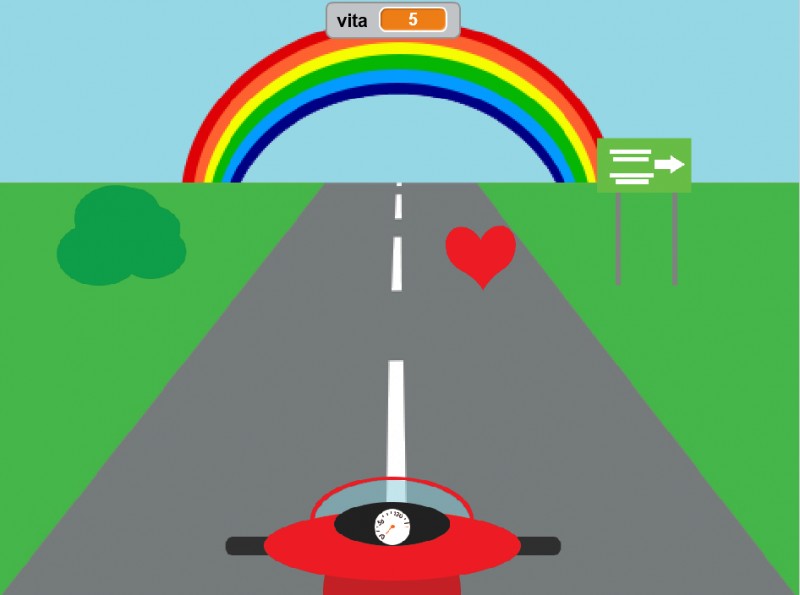MotoLife
Target
Childhood from 4 years old
Goals

Fields of experience
- The self and the other
- The body and movement
- Images, sounds, colors
- Speeches and words
- Knowledge of the world
Skills
- Mathematical competence and competence in science, technology and engineering
- Digital competence
- Personal, social and learning to learn competence
- Competence in matters of citizenship
- Entrepreneurial competence
Life Skills
- Improvement of self-awareness and self-consciousness
- Improvement in Emotion Management
- Increased Creative and Critical Thinking
- Improvement in effective communication skills
- Ability to make decisions and problem solving
- Stress management
- Negotiation and conflict management skills
Subjects involved
- Sciences
- Mathematics
- Art and Image
- Technology
- Geography
How to propose the scenario
Children are given simple instructions with a clear definition of objectives. The introduction to the scenario could be done with the common creation of a poster with the rules or a specially designed teaching card to be included in the notebook. The content of the scenario allows links to scientific and literary subjects.
Examples of activities:
- First hints of traffic education, accompanied by a simple introduction to the highway code, signs, the rules to know how to respect when driving.
- Math activity based on the first calculations of the interaction between time, speed and distance.
